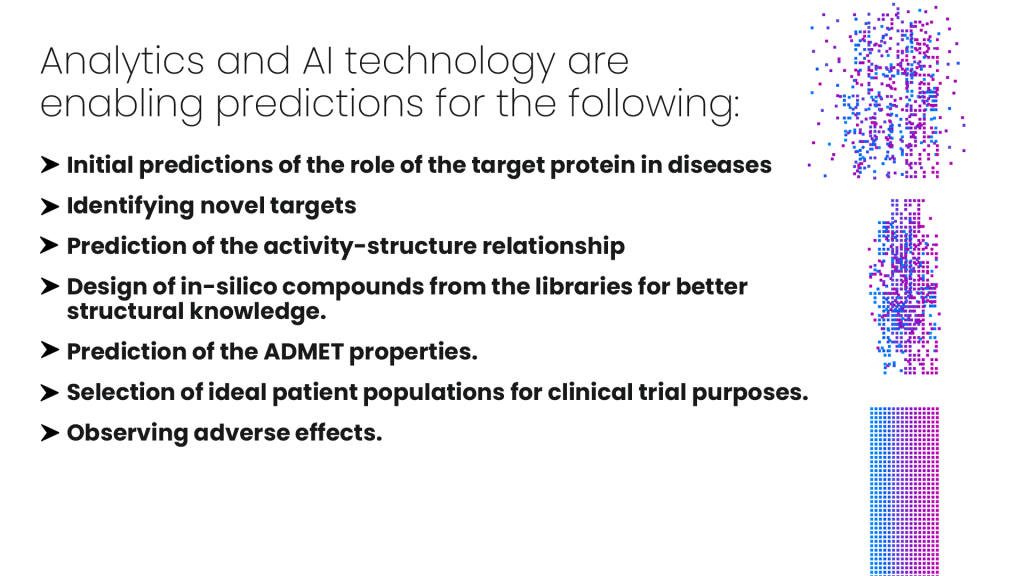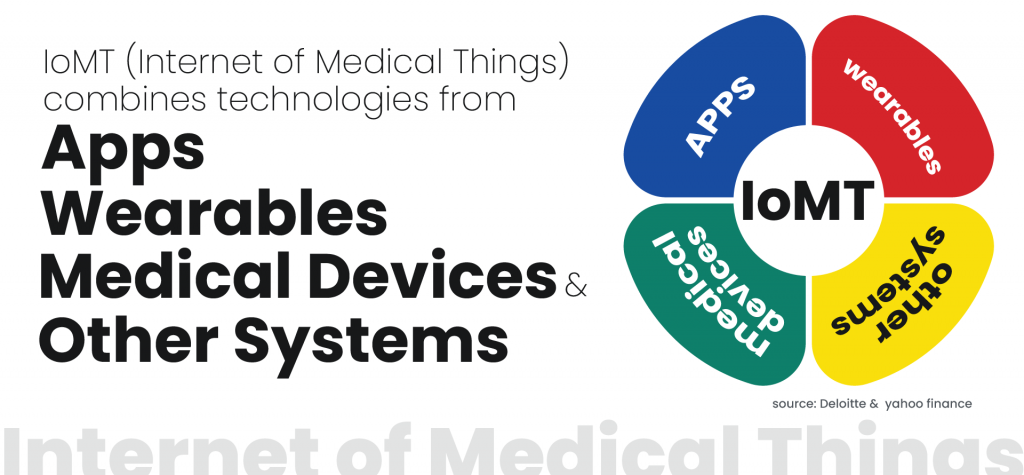
Data analytics is completely transforming the life sciences industry in recent years, having a profound impact on its operational aspects, just like it has revolutionised healthcare in recent years.
Big data is positively impacting everything from supply chain and logistics to drug discovery, thereby proving to be a shot in the arm for life sciences companies.

Data analytics has completely transformed the life sciences industry in recent years. When it comes to drug discovery, one of the key components of the sector, not even 10% of drug candidates make it to the market after clinical trials.
The lower rate of success in this regard can be attributed to various factors.

Machine learning is also enabling pattern detection through structured and unstructured data. This is being pieced together by data analytics, gathering information across electronic recordings, laboratory results, demographic data, IoT data, medical journals, clinical notes (using natural language processing) and more.
Big data is being deployed to identify distribution, causation, patterns, and determinants throughout higher volumes of complementary and differing data points for more information about present diseases.

It will enhance the overall accuracy and speed of treatment and diagnosis, with huge data volumes collected from multiple sources. This will help personalise diagnosis, treatment, monitoring, planning and drug discovery. Data analytics naturally has a huge role to play in this regard.

1.What are the future prospects and trends for data analytics in the life sciences industry?
Data analytics will play a vital role in the life sciences industry in the future, enabling personalisation of medicines, helping identify new drug candidates, enabling better real-world evidence analysis and improving supply chain management.
2.What types of data are utilised in life sciences data analytics?
There are several types of data utilised by the life science industry for analytics including data from wearables, clinical records, trials, diagnostics, medical imaging, medical devices and more sources.
3.What challenges does the life sciences industry face in implementing data analytics?
Some of the challenges in implementing data analytics include poor quality of data, silos, lack of interoperability and also issues in managing huge volumes of data.
4. How can data analytics help in the identification of patterns and trends for disease prevention and epidemiology?
Data analytics can help analyse epidemiological data through several methods. It can help summarise, infer, organise, describe and gather data. This will naturally help identify various trends and patterns pertaining to prevention of diseases, distribution, risk factors, and treatments.